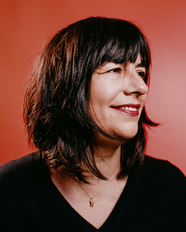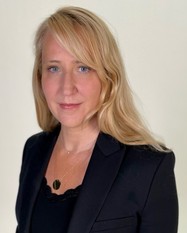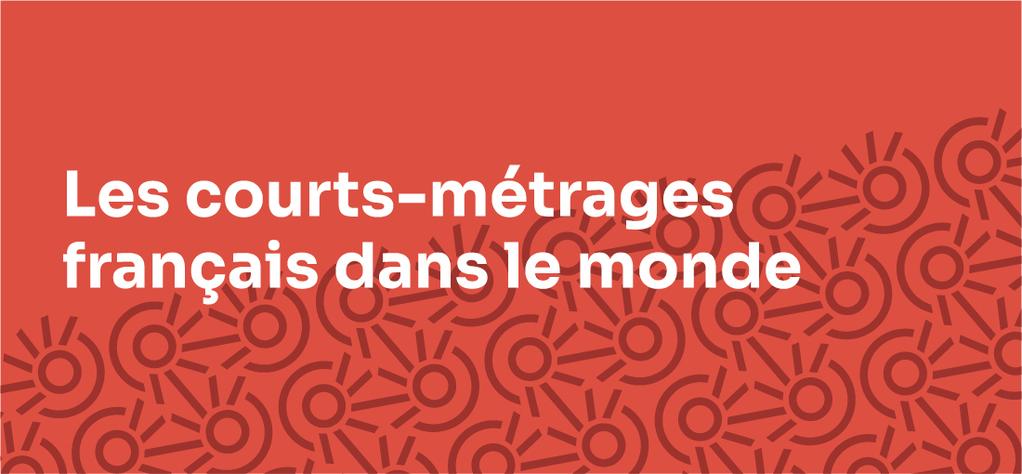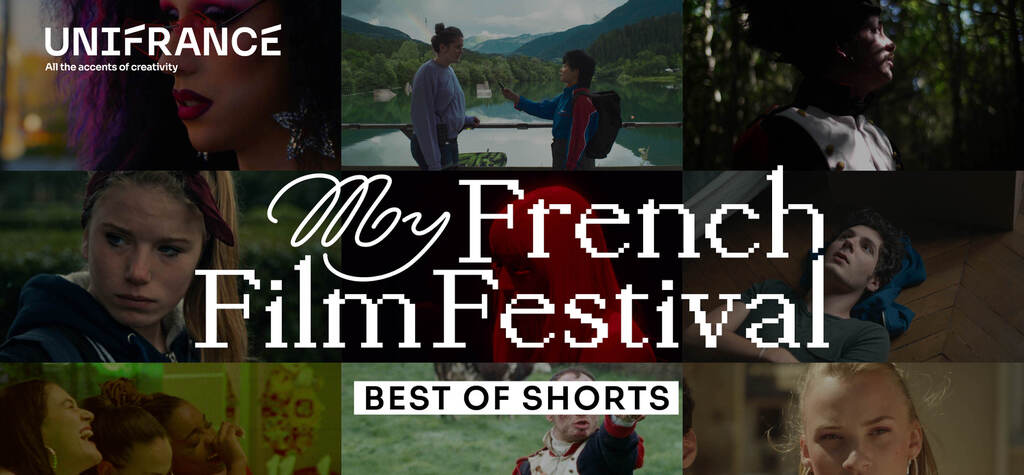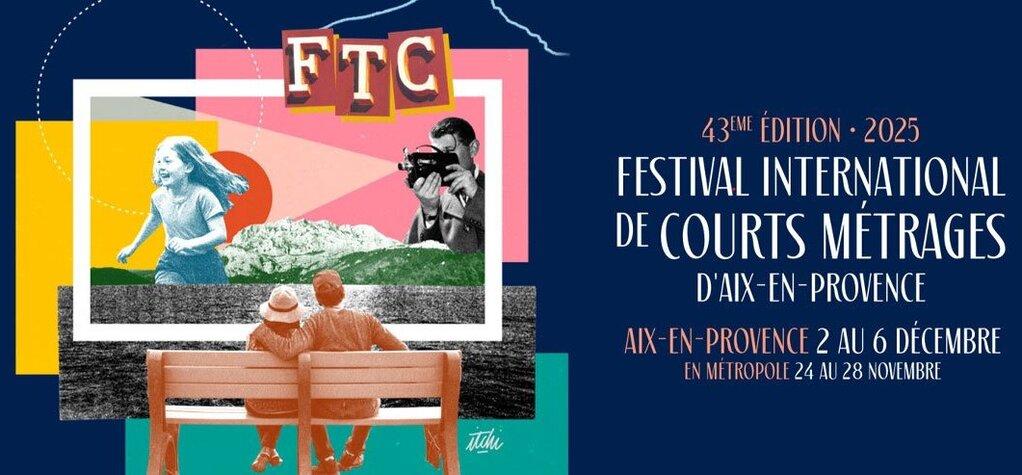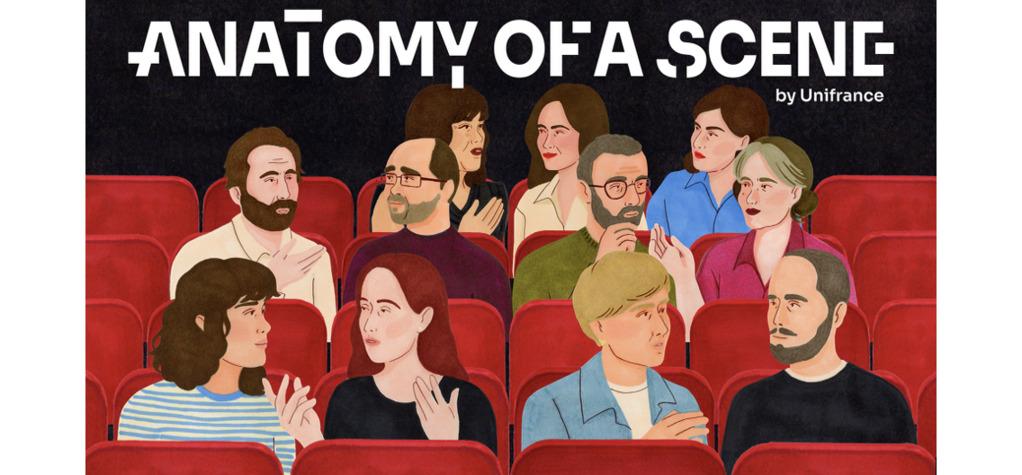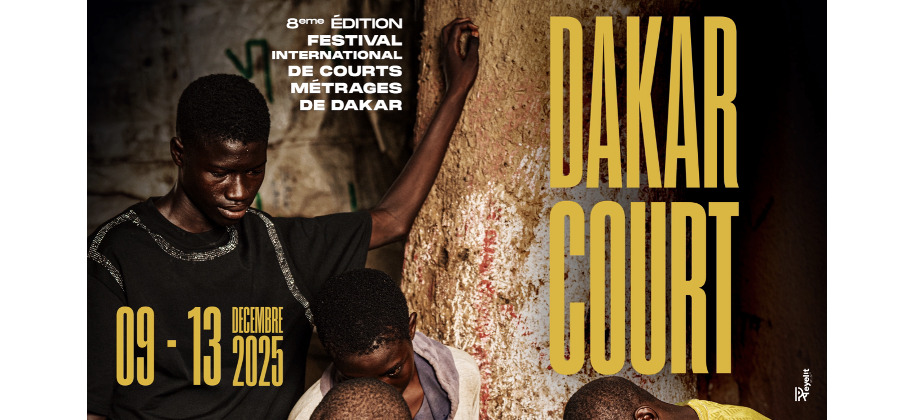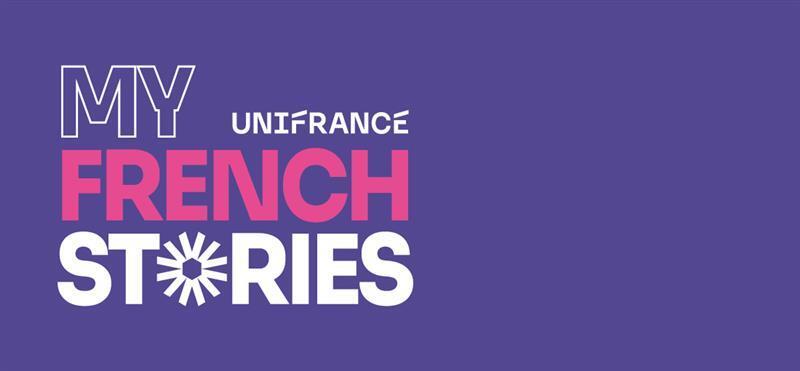The documentary Nicole Kidman, Eyes Wide Open, which is part of Arte Distribution's "Cinema Icons" collection, presents an unusual and extremely personal point of view on the life and artistic choices of the famous actress. A symbol of Hollywood but also of women's independence and emancipation, Nicole Kidman tells her own story through excerpts of a long interview, revealed here for the first time. Valérie Montmartin, a producer at Little Big Story, and Florence Sala, head of international distribution & marketing at Arte Distribution, talk about the genesis of the project, and highlight its strengths and particular aspects enhancing its international appeal.
Unifrance: How did the idea for this documentary on Nicole Kidman come about?
Valérie Montmartin : It sprang from a mutual desire between the director Patrick Boudet and myself. Both movie lovers, we wondered about the paradox of her career, that of a Hollywood mega star who also chooses introspective films by directors who come from art house or European cinema, or even underground cinema like John Cameron Mitchell. And then, Kidman also takes on roles that no one of her rank would dare do, such as a complex battered woman in the series Big Little Lies for example (of which she is one of the producers). This gave us a glimpse of very rich material.
This documentary offers a very personal point of view on the life and work of the famous actress, can you tell us about the choice of this particular angle? What new light does it bring to this cinema icon?
VM: The angle lies with Patrick Boudet and it was mostly written by him in his script after many meetings and pondering her work as an actress, but also as a producer. Patrick, who is a former philosophy teacher, built the story around the following idea: Nicole Kidman lays the foundation for a question that she has developed and explored over 30 years and more than 70 films: the status of women in society. Questioning family, social, and professional structures, Kidman tracks down the forms of subjugation either endured or accepted, the traps of habit and silence, patriarchal imprints. Film after film, Nicole Kidman also designates her ills by performing all the dramas that frighten her in life: mourning, infertility, submission, rape, betrayal, abandonment, rejection by her offspring, old age... making her cinema oeuvre a mirror.
It is Kidman herself who tells her story and carries the documentary. We also discover exclusive interviews. How did the compiling of the documentation unfold, did you encounter any difficulties?
VM: To tell this story, we used a previously unpublished document: Nicole Kidman's voice recorded during a long interview with Michel Ciment, a Positif critic and eminent specialist of Stanley Kubrick and Jane Campion. This interview, which retraces her career, is an exceptional base for our documentary. This led us to treat each of Nicole's interventions off-camera, so that she herself would be the narrative's through-line. Patrick conducted interviews with those who follow her career or who have worked with her, notably Gus Van Sant (To Die For) and James Cameron Mitchell (Rabbit Hole). They responded with great enthusiasm!
The documentary is already very popular internationally, how do you explain this success?
Florence Sala: The documentary is part of our "Cinema Icons" collection, which has become a reference for this type of portraiture, with a very high end approach. It has become a sort of distributor's label, a guarantee of quality that allows us to carry the titles that make up the collection. This documentary about Nicole Kidman is sold within the framework of this strategy and has met with unparalleled success due to the very personal treatment it offers, providing a closeness with the actress, but also with the woman, who rarely reveals herself in this way. Moreover, Kidman has become a true embodiment of the Women Empowerment at work in Hollywood, one of the keys for the film to travel.
The film has already sold in numerous territories.
FS: It has. One particular case is Australia, where two channels agreed to buy first window rights, for the first channel and then for the next, which is extremely rare. We've also made numerous sales, notably in Scandinavia, Canada, Poland, the Netherlands, Africa, Switzerland, Israel, and Latin America.
You presented the program at the French TV Screenings and at the Unifrance Rendez-Vous in Paris press junkets. Did these key moments allow you to make new contacts? What were your goals, and what are your future goals?
We've received offers in the main European territories: Spain, Poland, Italy, and Great Britain, among others.



